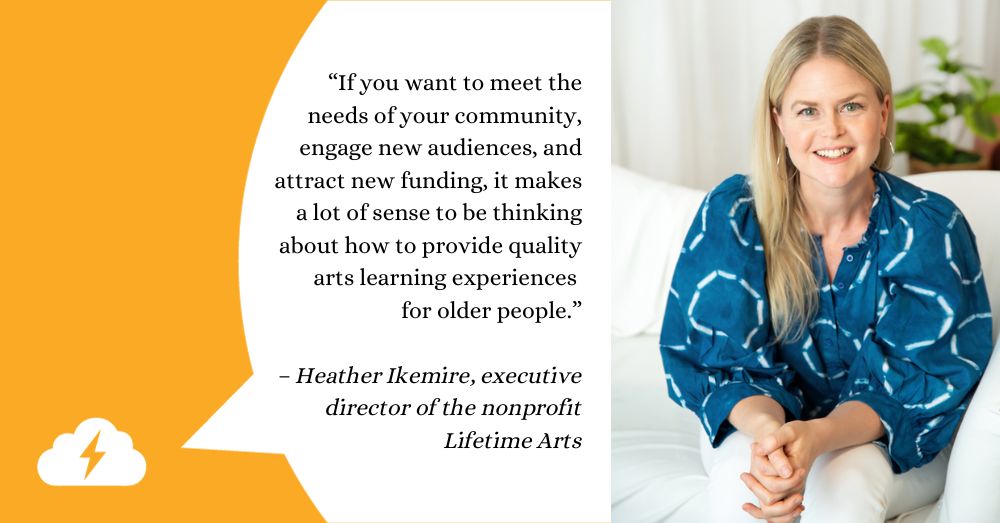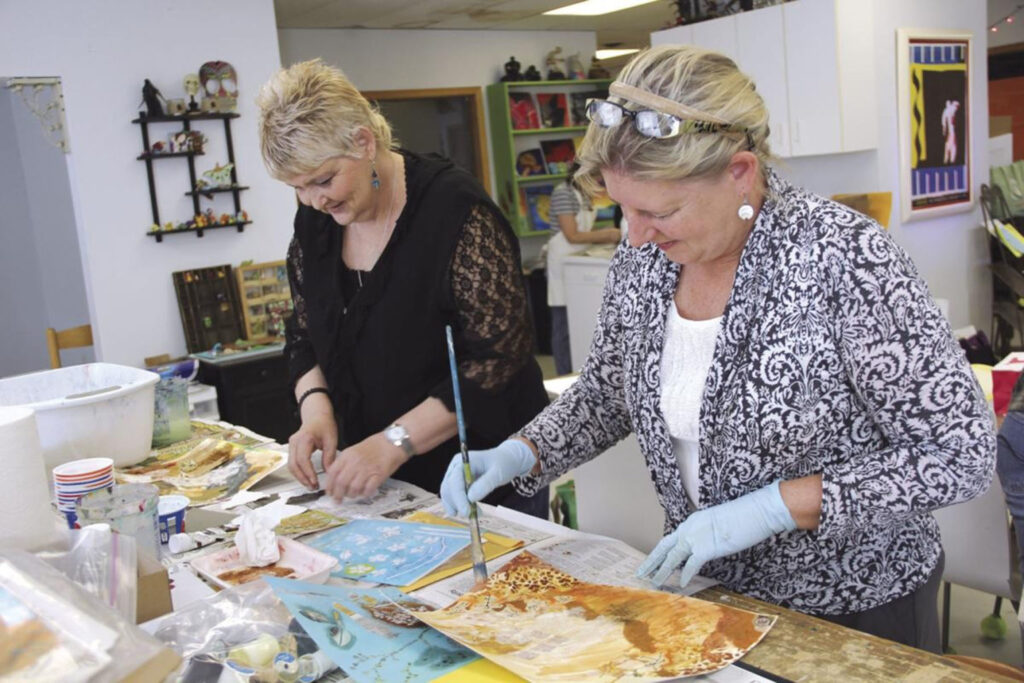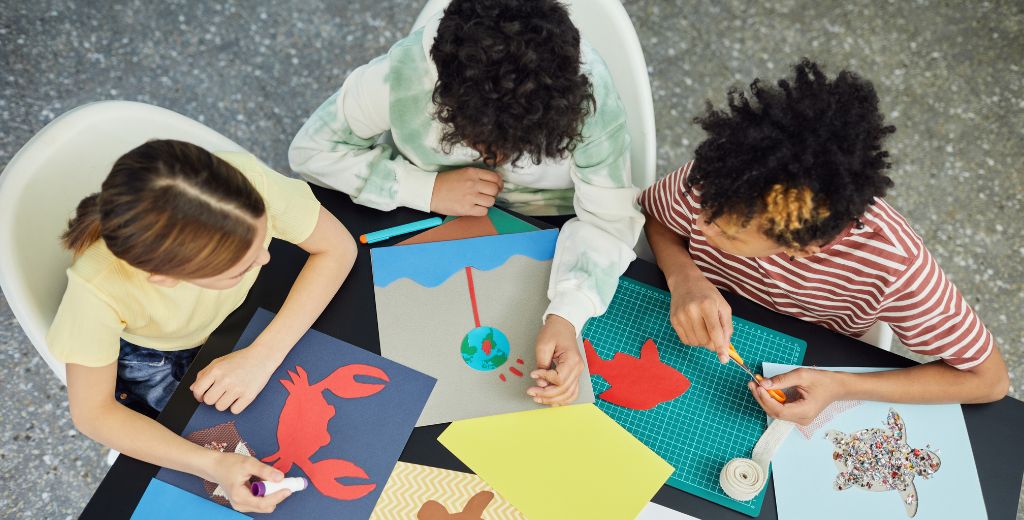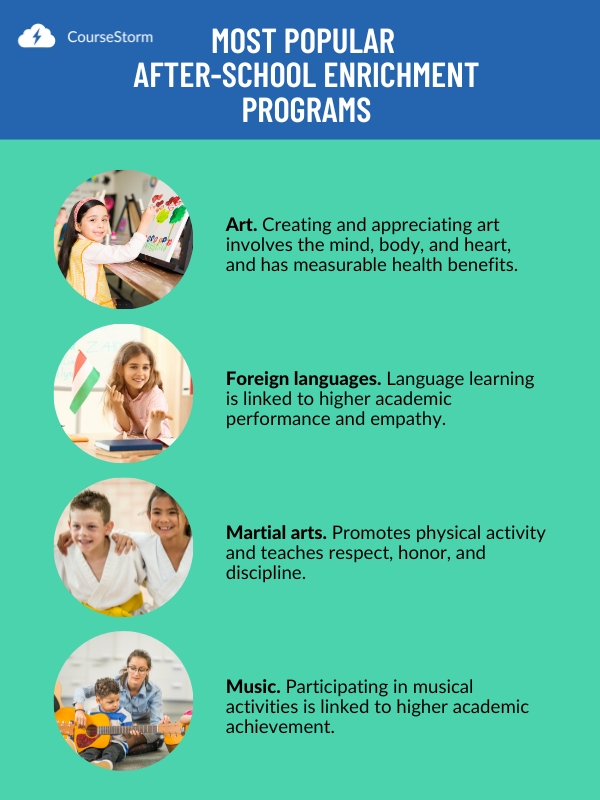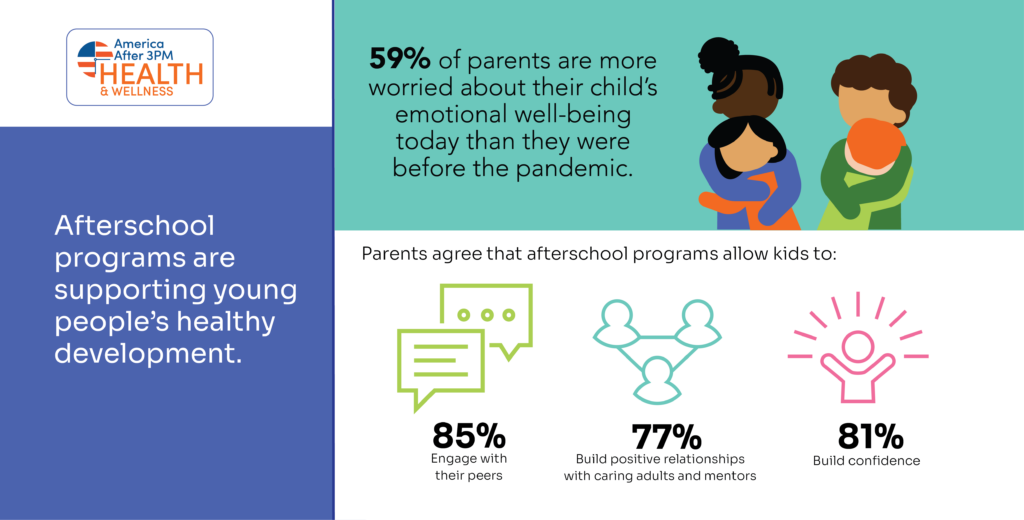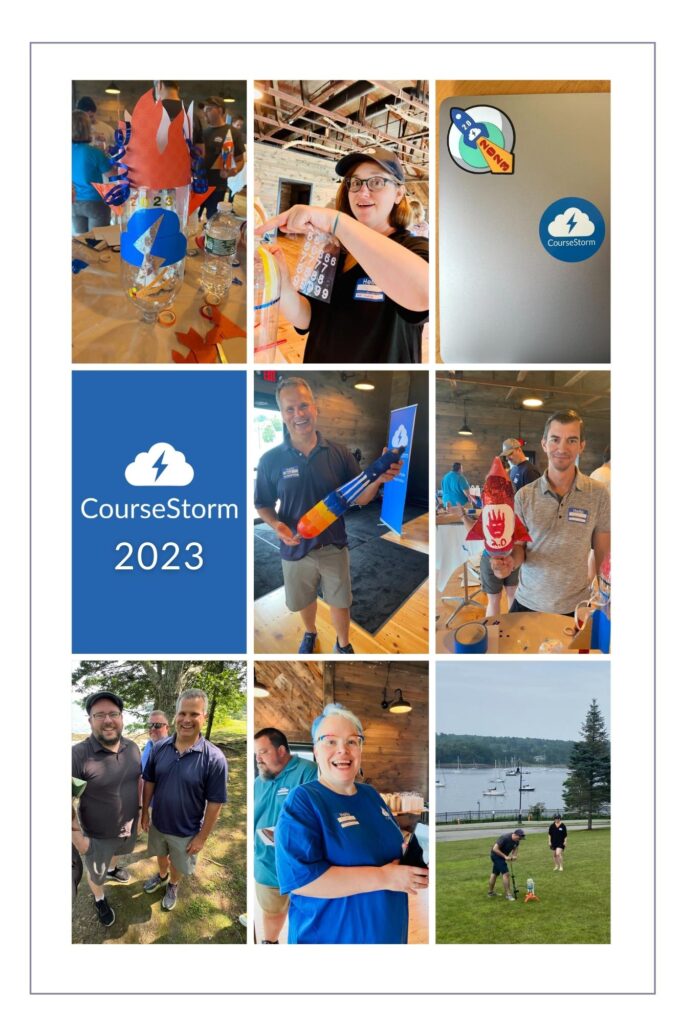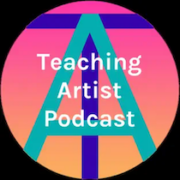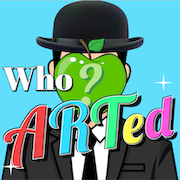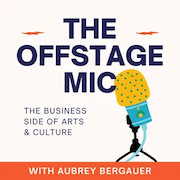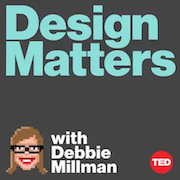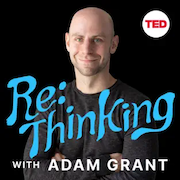How Nonprofit Arts Organizations Can ‘Run It Like a Business’
Leave a CommentAubrey Bergauer has been called “the Steve Jobs of classical music” and “the Sheryl Sandberg of the symphony” for her customer-focused, data-backed strategies to help performing arts organizations be as profitable as corporate heavy-hitters like Amazon, Zappos, and Netflix.
“I believe that nonprofit is a tax status, not a scarcity mindset or can’t-make-money mandate.” – author and arts consultant Aubrey Bergauer
A former chief executive of the California Symphony, Bergauer led the organization to double the size of its audience and nearly quadruple its donor base. As a speaker, consultant, podcaster, and now author, she encourages arts and culture nonprofit organizations to take lessons from the for-profit sector to become more relevant, inclusive, and growth-minded to reach modern audiences.
“I believe that nonprofit is a tax status, not a scarcity mindset or can’t-make-money mandate,” Aubrey Bergauer writes in the introduction of her new book, Run it Like a Business: Strategies for Arts Organizations to Increase Audiences, Remain Relevant, and Multiply Money—Without Losing the Art. Here are some other takeaways from the book.
Create a Better Customer Experience
While the industry cry is, “We need new audiences!” Bergauer says we have misidentified the problem. An analysis of 400 arts databases in North America and the U.K. found that more than half of all ticket-buyers are first-time bookers. Yet in the U.S., 90% of first-time orchestra attendees never return. Yikes. “The issue isn’t getting people to come to the arts; it’s getting people to come back,” writes Bergauer.
The issue isn’t getting new audiences to come to the arts; it’s getting people to come back.
That matters because those first-time audiences are the entry point from which all other relationships develop. Concert attendees may become donors who then sign up their kids for music camp and so on. So what’s keeping them from coming back? The user experience.
In focus groups for the California Symphony, Bergauer found that participants’ frustrations included not being able to understand the organization’s website, which was written for insiders familiar with music terminology.
In fact, many arts organizations make this mistake and end up confusing their customers with unfamiliar jargon or terminology. If your art class enrollments are low, perhaps course listings for classes in “dramaturgy” or “handbuilding” need to be rewritten as “playwriting” and “pottery.”
Action step: Consider asking a few people outside of your organization to read over your website and share feedback from a newcomer’s perspective. Is it clear and welcoming? Is it easy to understand or confusing?
Bergauer calls these the three Fs of the new customer experience: having a newcomer focus on the website, being newcomer friendly in the venue, and creating newcomer-facing marketing.
Engage Customers With Multiple Offerings
If someone buys a ticket to a performance, offering them an annual subscription is not the only opportunity—and in fact, it may turn them off. Many arts orgs are guilty of upselling too much, too soon, according to Bergauer. A first-time concert attendee is likely not going to respond to a request for a donation or to purchase a gala table.
A better strategy is to get patrons to repeat the behaviors we want through what’s called “behavioral segmentation.” Starbucks did it right with their “treat receipt” program that gave customers a discount off beverage purchases later the same day—encouraging them to repeat a behavior they’ve already done: buying coffee.
For an arts education program, this may look like sending personalized emails to students who’ve taken, say, your Intro to Beadwork class, letting them know about an upcoming Beaded Jewelry Class they may be interested in. (By the way, CourseStorm has an automatic email marketing feature that does just that. Customers attribute 14% of enrollments to these emails alone.)
A smart strategy is to get people to repeat behaviors. For example, if someone has taken a pottery class, send them an email suggesting other classes they might enjoy.
Bergauer advises arts orgs to also get customers involved with a second type of content, like a pre-show talk, an artist meet-and-greet, or a special exhibit opening. An organization she worked for ran a report and found that 75% of their donors were consuming multiple content types.
This is true for many arts organizations. They may have performances, membership, gallery exhibits, classes, and more. As Bergauer illustrated with the above example, it’s important to have software that integrates customer data from all these areas so you can run reports to get a true picture of participant behavior and target your offerings accordingly.
Action step: Your second type of content can be as simple as packaging your classes as products that people can purchase to give as gifts. Here’s how to do it.
Strive for Relevance
Studying top brands like Apple and Peloton, Bergauer found that relevance is the most reliable indicator of a brand’s long-term success. So what is relevance, and what does it mean for arts and culture organizations?
The first criterion for relevance is meeting the needs of your customers. In the case of arts education programs, that requires asking for and responding to student feedback. Only 4% of dissatisfied customers will tell you they’re unhappy, so proactively requesting input is a good idea.
Staying relevant requires proactively gathering feedback from your customers and knowing what matters to them.
Another way to stay relevant is by staying on top of trends and knowing what matters to your audience. Current marketing trends show that consumers care about supporting local businesses, sustainability, and quality of life. Highlight those aspects of your program, whether that’s a partnership with a local business, an art class using upcycled materials, or enhancing connection among older people in your community through creative aging programs.
“The benefits of relevance are generally obvious: customers give us free marketing with their posts online, this positive organic endorsement results in five times more sales than direct advertising, buzz about the organization swells, our patron base grows, donations increase,” writes Bergauer.
Action step: Collect valuable student feedback by writing better course evaluation questions and downloading our customizable template.
Resources to Run Your Arts Ed Program Like a Business
Run It Like a Business is packed with practical tips and strategies arts nonprofits can start implementing immediately, along with real-world case studies of successful organizations.
For more data-backed info specifically for arts education programs, check out CourseStorm’s new State of the Arts Report. We dug into 10+ years of our customer data to find out what profitable programs are doing to enroll and retain more students. Download your free copy here.


